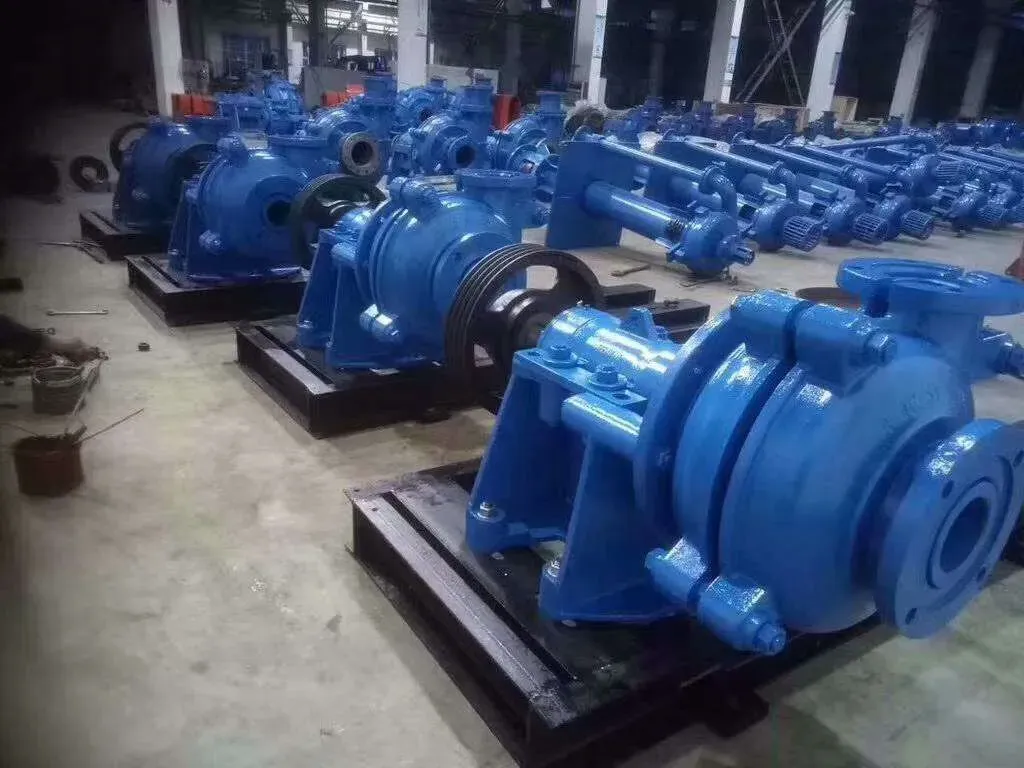Samoan
- Afrikaans
- Albanian
- Amharic
- Arabic
- Armenian
- Azerbaijani
- Basque
- Belarusian
- Bengali
- Bosnian
- Bulgarian
- Catalan
- Cebuano
- Corsican
- Croatian
- Czech
- Danish
- Dutch
- English
- Esperanto
- Estonian
- Finnish
- French
- Frisian
- Galician
- Georgian
- German
- Greek
- Gujarati
- Haitian Creole
- hausa
- hawaiian
- Hebrew
- Hindi
- Miao
- Hungarian
- Icelandic
- igbo
- Indonesian
- irish
- Italian
- Japanese
- Javanese
- Kannada
- kazakh
- Khmer
- Rwandese
- Korean
- Kurdish
- Kyrgyz
- Lao
- Latin
- Latvian
- Lithuanian
- Luxembourgish
- Macedonian
- Malgashi
- Malay
- Malayalam
- Maltese
- Maori
- Marathi
- Mongolian
- Myanmar
- Nepali
- Norwegian
- Norwegian
- Occitan
- Pashto
- Persian
- Polish
- Portuguese
- Punjabi
- Romanian
- Russian
- Samoan
- Scottish Gaelic
- Serbian
- Sesotho
- Shona
- Sindhi
- Sinhala
- Slovak
- Slovenian
- Somali
- Spanish
- Sundanese
- Swahili
- Swedish
- Tagalog
- Tajik
- Tamil
- Tatar
- Telugu
- Thai
- Turkish
- Turkmen
- Ukrainian
- Urdu
- Uighur
- Uzbek
- Vietnamese
- Welsh
- Bantu
- Yiddish
- Yoruba
- Zulu
Telephone: +86 13120555503
Email: frank@cypump.com
Aug . 22, 2024 04:32 Back to list
Chemical Booster Pump for Enhanced Fluid Transfer Efficiency and Performance Optimization
Understanding Chemical Booster Pump Systems
In the realm of industrial processes, the efficient transportation of chemicals is a critical factor. This is where chemical booster pumps play an essential role. A chemical booster pump is a mechanical device designed to increase the pressure and flow rate of corrosive or hazardous fluids, ensuring that these substances can be efficiently moved through various systems.
Components and Functionality
Chemical booster pumps typically consist of several key components. The most critical parts include the impeller, volute casing, mechanical seals, and motor. The impeller, usually made from durable materials such as stainless steel or various plastics, is the heart of the pump. It rotates at high speed, converting mechanical energy from the motor into kinetic energy to propel the fluid forward. The volute casing helps to manage the flow of the fluid as it exits the impeller, converting kinetic energy into pressure.
Mechanical seals are vital in preventing leaks of the hazardous fluids being pumped and ensuring the safety and reliability of the system. They create a tight barrier that keeps the pressurized fluid contained within the pump, thus minimizing the risk of spills or exposure to the environment. The motor drives the impeller, and depending on the application, this motor can be designed for various power requirements and operational speeds.
Applications of Chemical Booster Pumps
Chemical booster pumps find applications in many industries, including chemical manufacturing, wastewater treatment, pharmaceutical production, and oil and gas extraction. In the chemical manufacturing sector, these pumps are essential for transferring raw materials and finished products through pipelines, often under high pressure. In wastewater treatment, they help in recycling and transporting pollutants and chemicals used in treatment processes.
In the pharmaceutical industry, precision and purity are paramount. Chemical booster pumps must be chosen carefully to ensure they can handle the specific fluids without contamination or degradation of the fluid properties. Likewise, in the oil and gas sector, these pumps facilitate the extraction and transport of crude oil, chemicals, and other hazardous fluids, emphasizing the need for robust design and high reliability.
chemical booster pump

Benefits of Using Chemical Booster Pumps
One of the significant benefits of chemical booster pumps is their ability to enhance the efficiency of fluid movement in a system. By maintaining optimal pressure and flow rates, these pumps reduce the energy costs associated with moving heavy or viscous fluids. Furthermore, they can handle a wide range of chemical compositions, making them versatile for numerous applications.
Additionally, modern technology has led to advancements in these pumps, improving their overall lifespan and performance. Incorporating features such as automatic monitoring systems can provide real-time feedback on pump performance, enabling predictive maintenance. This proactive approach helps in minimizing downtime and reducing operational costs.
Challenges and Considerations
Despite their benefits, using chemical booster pumps comes with challenges. Compatibility with the fluids being pumped is crucial, as certain materials can corrode when exposed to specific chemicals. Therefore, selecting the appropriate pump materials is vital to ensure longevity and safety.
Moreover, regulatory compliance is a significant factor. Industries must adhere to strict environmental and safety regulations concerning hazardous materials. It is essential to ensure that chemical booster pumps meet these standards to prevent potential legal ramifications or environmental damage.
In conclusion, chemical booster pumps are indispensable in many industrial settings, facilitating the safe and efficient transport of chemicals. Understanding their functionality, applications, and the challenges they face allows companies to optimize their processes while ensuring safety and compliance. As industries continue to evolve, so too will the technology behind these critical components of fluid systems.
-
ISG Series Vertical Pipeline Pump - Chi Yuan Pumps Co., LTD.|High Efficiency, Energy Saving, Low Noise
NewsJul.30,2025
-
ISG Series Vertical Pipeline Pump- Chi Yuan Pumps|High Efficiency&Low Noise
NewsJul.30,2025
-
ISG Series Vertical Pipeline Pump-Chi Yuan Pumps Co., LTD.|High Efficiency&Energy Conservation
NewsJul.30,2025
-
ISG Series Vertical Pipeline Pump - Chi Yuan Pumps Co., LTD.|Advanced Hydraulic Design&Energy-Efficient Solutions
NewsJul.30,2025
-
ISG Series Vertical Pipeline Pump - Chi Yuan Pumps Co., LTD.
NewsJul.30,2025
-
ISG Series Vertical Pipeline Pump - Chi Yuan Pumps Co., LTD.|energy-efficient fluid handling&industrial durability
NewsJul.30,2025










